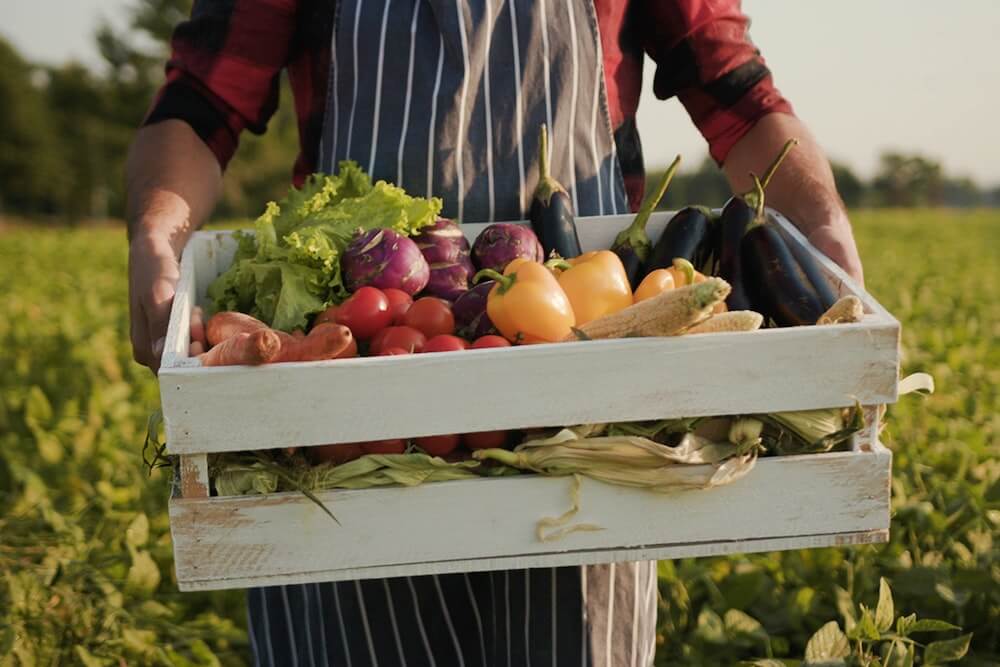When it comes to organic food labeling, there are specific conditions mandated by the government to ensure authenticity and transparency. In this informative article, we explore the essential requirements for labeling food as "organic" as set forth by the government. Discover the key elements that must be met, and find out which among the following options does not align with the necessary conditions. Let's delve into the world of organic food labeling and uncover the truth.
Understanding Organic Food Labeling:
Organic food labeling is regulated by the government to ensure that consumers have accurate information about the production and processing methods used. The following conditions are typically required for a product to be labeled as "organic":
-
Organic Certification: To label a food product as organic, it must be certified by a recognized organic certification body. This certification ensures that the product meets the necessary standards for organic production.
-
Organic Farming Practices: Organic food must be produced using approved organic farming practices that prioritize soil health, biodiversity, and the use of natural resources. These practices exclude the use of synthetic pesticides, genetically modified organisms (GMOs), and sewage sludge-based fertilizers.
-
Chemical-Free Processing: In order to maintain the integrity of organic food, the processing methods should avoid the use of synthetic additives, artificial preservatives, and irradiation. Organic processing focuses on preserving the natural qualities of the food while minimizing chemical interventions.
-
Traceability and Documentation: Organic food producers must maintain thorough records and traceability systems to demonstrate compliance with organic standards. This ensures transparency and accountability throughout the supply chain.
Identifying the Exception:
Among the given options, only one does not align with the conditions required by the government to label food as "organic." Let's explore the options:
- Option A: Absence of Synthetic Pesticides
- Option B: Non-GMO Ingredients
- Option C: Irradiation Treatment
- Option D: Traceability System
The correct answer is revealed in the following section.
Modern Application and SGS Digicomply:
Staying updated with the evolving regulations surrounding organic food labeling can be challenging. However, with the help of advanced tools like SGS Digicomply, businesses can proactively navigate these requirements. Powered by AI technology, SGS Digicomply provides real-time insights into changing regulations, enabling companies to ensure compliance and maintain the integrity of their organic products. Seamlessly integrate SGS Digicomply into your compliance strategy to gain a competitive edge and meet the demands of organic food labeling standards.
Conclusion:
Understanding the conditions required by the government for labeling food as "organic" is essential for both businesses and consumers. By adhering to organic farming practices, chemical-free processing, and maintaining traceability, producers can provide consumers with authentic organic products. Embrace the power of SGS Digicomply to enhance your organic food labeling compliance journey and build consumer trust in the growing organic market. Explore SGS Digicomply platform now.





.webp?width=1644&height=1254&name=Food%20Safety%20Dashboard%201%20(1).webp)
